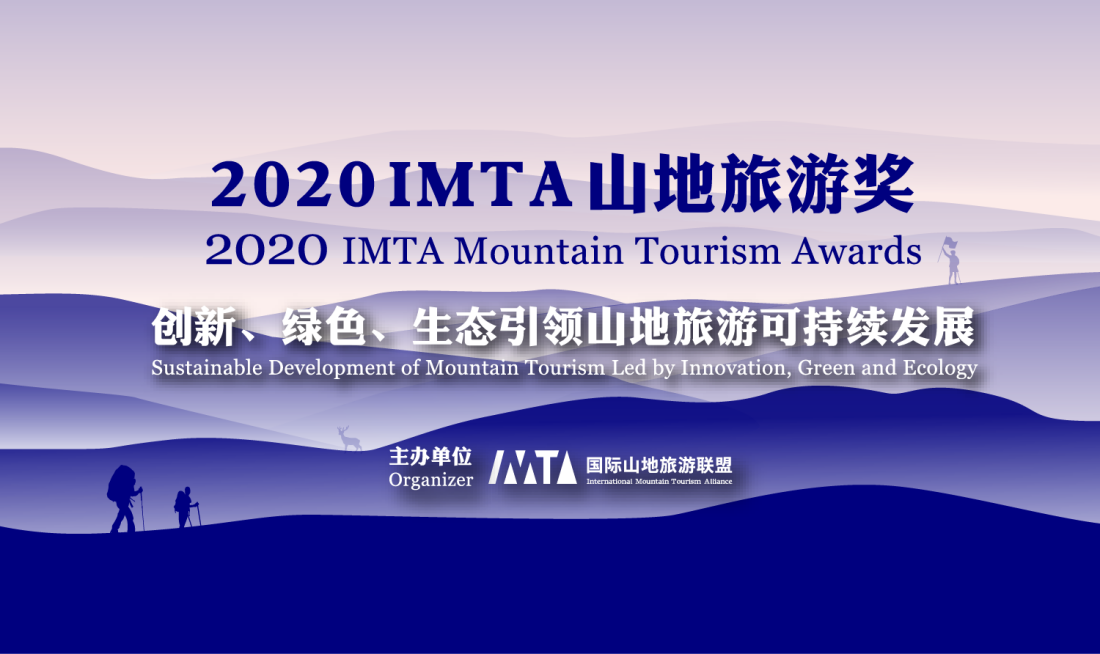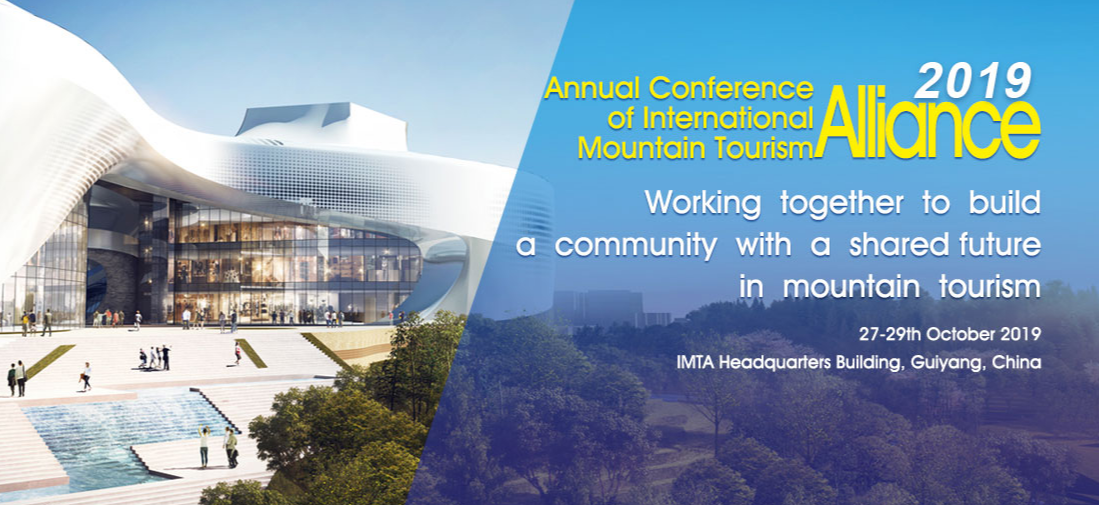Thinking on the Innovation of Rural Revitalization Mode promoted by tourism under telecommuting environment
With the accelerating process of marketization, industrialization and urbanization, the rural areas of our country have emerged some villages which have certain tourism resources but the industry upgrading is weak, the space unused and the "three stay" group increasing. How can such villages achieve industrial, ecological, cultural, human and organizational revitalization? The effective use of sleeping assets such as rural idle houses and public facilities through digital villages, telecommuting and creative tourism provides another way to explore creative solutions to this problem.
1. Opportunities brought by Digital rural strategy and telecommuting
In recent years, the state has formulated and implemented the digital rural development strategy, taking it as the strategic direction of rural revitalization and an important part of building a digital China. Since 2019, China has issued the Outline of the Strategy for the Development of Digital Villages, the Action Plan for the Development of Digital Villages, and the Guidelines for the Construction of a standard System for Digital Villages, and launched national pilot projects for digital villages. The Opinions of the CPC Central Committee and The State Council on the Key Work of Comprehensively Promoting Rural Revitalization in 2023 put forward that "digital rural development actions should be thoroughly implemented and digital application scenarios should be promoted".
By the end of 2022, every village in China will have access to broadband and every county will have access to 5G, according to a report on China's Digital Rural Development led by the Information Center of the Ministry of Agriculture and Rural Affairs. It is foreseeable that the "digital divide" between urban and rural areas will be substantially narrowed, and the Internet penetration rate, mobile payment penetration rate, 5G communication network coverage rate and express delivery service coverage rate will be significantly increased in rural areas. One way to achieve the goal of rural revitalization is to fully release the "digital dividend", attract digital workers or digital creative enterprises, and drive community renewal, industrial reconstruction and population agglomeration.
In the wake of the COVID-19 pandemic, some companies have begun to promote telecommuting from home, making 2020 the de facto year of telecommuting for all. In February 2022, Ctrip announced the implementation of the "3+2" hybrid office model, becoming the first large Chinese enterprise to introduce remote work + office system for most employees. While the long-term effect remains to be seen, Ctrip's move is certainly significant as the country's largest online travel service provider. Later, Huang Xihua, a deputy to the National People's Congress, submitted a proposal on promoting the "3+2" mixed office model during the national two sessions in 2022.
Telecommuting will break the traditional link between where you live and where you work, allowing the creative class to choose where they work according to their preferences and more room to choose where they live. As the telecommuting revolution makes it more possible for innovative and creative minds to "vote with their feet," families may gravitate to smaller cities, modern suburbs or rural areas with outdoor amenities.
2. Enlightenment from the transformation and development of the Hollow village of Kamiyama Machi, Japan
Located in the Tohoku mountains of Tokushima Prefecture, Kamiyama boasts tourist attractions such as hot springs, waterfalls, streams, burning mountain temples, and alpine botanical gardens, as well as a long tradition of welcoming visitors. Before, the production of oxalis in this area was the first in Japan, fir cutting is a traditional pillar industry. Later, with the decline of forestry and the outflow of young people, it became a typical example of an aging population, a hollowing out of industries and a village with empty space.
Thanks to the efforts of a local NGO, the Kamiyama International Exchange Association (later renamed Green Valley, a non-profit organization), Kamiyama has implemented the "Send the Doll Home" program, the acceptance of foreign language teaching assistants, sanitation contractors, and the residency of artists, which has increased the visibility, inclusiveness, and social capital of Kamiyama. Enhance the sense of identity, cohesion and participation of community residents. Later, inspired by Sansan Co., LTD. 's idea of building Shenshan Laboratory, they launched a timely "satellite office" project to rent spare rooms to enterprises trying to transform their working mode, attracting more than 10 scientific and creative enterprises such as Sansan, Plat-Ease, Kinetoscope and Dunksoft. IT companies such as Yahoo and Google also send employees on short-term assignments from time to time.
As more and more engineers, artists, creators and other creative workers move here, the old residential buildings that have been idle for a long time have been transformed into offices, restaurants, homestays, studios or other types of cultural exchange Spaces, with more and more complete shops and service facilities. Migrants have contributed to solving the problems facing Kamiyama, and some have started their own entrepreneurial careers in the area, such as growing organic vegetables and fruits, leaving behind artworks they have created, and making documentaries about the real lives of Kamiyama people. This further enriches the local sightseeing resources and enhances its attraction to tourists, making it a vibrant rural tourism destination.
Kamiyama has transformed from a remote mountain village on the verge of disappearing into a complex space full of creativity and vitality for work and tourism, which provides inspiration for us to understand the changes in future work places and ways, think about the concept and content innovation of rural tourism, and find new drivers and forces for rural revitalization. Rural communities should rely on community elites to cultivate "soul figures", establish civil organizations with planning and execution capabilities, seize opportunities brought by technological and industrial changes based on their own ecological environment and cultural resources advantages, introduce creative classes and innovative enterprises, and explore the endogenous development, extroverted integration and creative driven development path in line with their own reality.
In addition to the Japanese town of Kamiyama, the Portuguese village of Vidmont and the Croatian border town of Legler have adopted this model to varying degrees, This philosophy is also reflected in Life Works Here in Arkansas, Remote Tucson in Arizona, and Ascend West Virginia in West Virginia.
3. New mode of rural revitalization promoted by tourism in telecommuting environment
With the spread of the Internet and rapid advances in information and communication technology, the creative class can work almost anywhere, not necessarily in cubicles of city office buildings. Indeed, some creatives have pioneered the digital nomad approach to work and life, traveling from Bali in Indonesia to Chiang Mai in Thailand to Lisbon in Portugal, working on portable computers from beaches, cafes or shared office Spaces.
Considering the rental cost of office space, the commuting time of employees, the physical and mental health status and the efficiency of creative work, some upstart enterprises try to move their offices to the suburbs or the countryside, which is conducive to promoting the reuse of idle facilities, the increase of employment opportunities and the promotion of popularity. The creative class along with enterprises is the new driving force for the development of rural tourism, which will bring new ideas, strength and blood to the countryside, accelerate the pace of rural tourism projects, business forms and product innovation, and promote the realization of the goal of comprehensive rural revitalization.
Thanks to the implementation of poverty alleviation and rural revitalization strategies, infrastructure and public services in rural areas have been fundamentally improved. With the advancement of the construction of digital countryside, the information facilities and services in rural areas will be greatly improved. Digital technologies will comprehensively empower rural planning and construction, economic development and social governance, and create favorable conditions for activating idle resources, attracting foreign talents and fostering emerging industries.
Some villages with convenient transportation, excellent ecological environment and rich cultural background can try to learn from the model and practice of Kamiyama Town in Japan, and encourage members of the village "two committees", resident village cadres, leaders of collective economic organizations or returning entrepreneurs to take the lead in setting up non-profit organizations to gather villagers' consensus, improve participation ability, sort out potential resources, and foster an inclusive and open environment. We will foster an atmosphere of innovation and entrepreneurship and strengthen the foundation for internal development. Invite professionals to participate in the guidance, check the idle and abandoned residential buildings, school buildings, village offices, factories and other available facilities, sort out the location, area, architectural style, old and new degree of basic information, evaluate their use value and maintenance cost, determine the classification and utilization direction. Flexible use of various websites and we-media to release information to attract scientific and creative enterprises to settle in, appropriate transformation of idle facilities, explore the construction of self-use remote office, employee work-and-rest base, or external service shared office space, digital hostel base. Support enterprises and their employees to use rural resources to carry out various creative activities, discover, depict and spread the beauty of rural areas, activate cultural heritage, revitalize traditional crafts, develop cultural and creative products, cultivate characteristic landscapes, plan festival activities, create tourism attractions, attract urban residents to come to leisure and stay, and drive community residents to participate in reception services.
At present, the bud of this model has already emerged in some areas, such as the digital audio-visual industry Eco-village project in Gaozhai Village, Guanshanhu District, Guiyang City, Guizhou Province, the digital cultural Tourism Maker Center in the Future Rural Science and Technology Innovation Park, Nanshan Village, Pingyao Town, Hangzhou City, Zhejiang Province, the 706 Youth space in Ximen Village, Dali Town, Dali City, Yunnan Province, sharing office space with Dali Hub. But it has not yet formed mature experience of large-scale operation. It is suggested that traditional villages, historic and cultural villages, ethnic minority villages or other hollowed out villages located in the recreation belt around the city should take the lead in exploring and implementing this mode, and summarize and promote it after accumulating experience, in combination with the enterprise assistance, creative rural operation and saving old houses.














